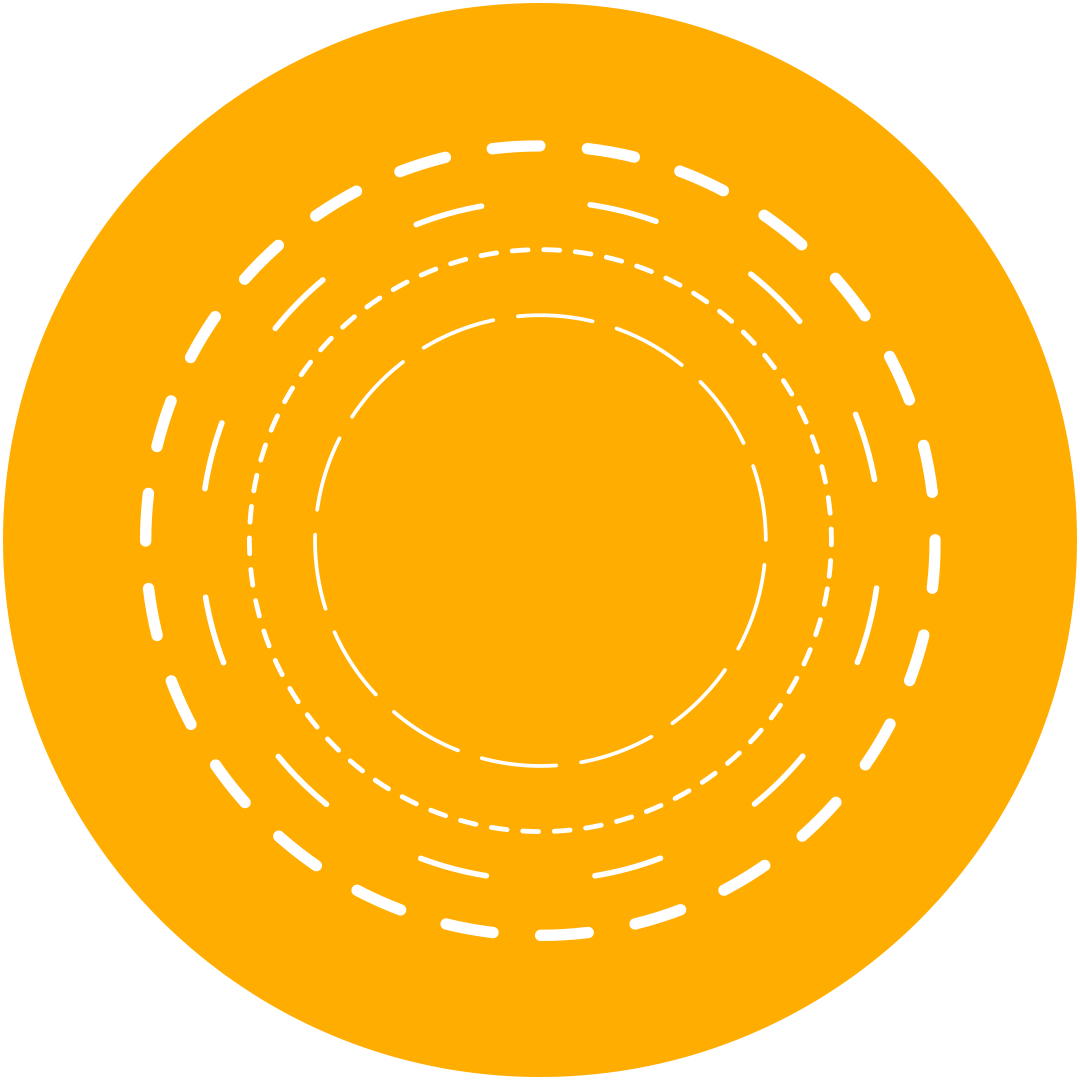Fintech predictions for 2021
What will next year look like for the fintech industry? Well, we know everything is hard to predict these days..But, we've had a go! These are our top 3 fintech predictions for 2021
Prediction 1. The fintech bull run grinds to a halt
Despite the turbulence of 2020, fintech enthusiasm and innovation has continued this year. This is reflected through investment in H1 increasing by 3.8%. However, it is likely that investment will become much more constrained in the new year. The bull run had to end sometime. As Covid-19 rolls on and the recession deepens, investors will no longer be satisfied with “growth” and instead will be looking at hard numbers – profitability, ARPU, discounted cash flow, price to earnings ratio etc. As a result, in 2021, we will see a shift away from paid customer acquisition, ‘moon shot’ ideas, and unfocused diversification – where fintechs re-bundle a multitude of services - and towards specialised and sustainable offerings that can prove their profitability.
Prediction 2. Open Finance will do what Open Banking didn’t
Open Banking got off to shaky start with question marks over adoption of services. However, in September it was revealed that two million people are now using open banking-enabled products and this was widely seen as a success. The reality is that Open Banking is failing to deliver on its objective, which is to drive innovation, choice and security in financial services for consumers and businesses. Two million users is only 3% of the UK population. To put the numbers into context, there were 247m cheques sent in 2019 according to Pay UK, which estimates that cheques are used by over four million people.
In 2021 Open Finance will arrive and deliver on the promise of Open Banking. Open Banking has failed largely due to a lack of a rich ecosystem. This is because only the big banks were mandated to open up and most fintechs cannot afford the cost of accessing their APIs. This has limited the reach and scope of potential services. Open Finance is different because a wider range of financial service providers will be required to open up customer data, creating a network effect that will drive stronger and more innovative use-cases, and ultimately the adoption needed to deliver real change.
Prediction 3. The person becomes the payment
The 2010s laid the foundation for digital payments. The 2020s are going to build on this and take it a step further – soon the person will ‘become the payment’. Payments have been increasingly embedded into other technologies and less visible, but we will reach the point where customers won’t think twice about the way they pay at all.
Payments are increasingly embedded for the reasons of convenience, revenue, and innovation. But for this to scale, it will require collaboration. Business models will need to change as payment values shrink and volumes skyrocket—and increasingly move across borders. This will require cross-industry interoperability and standardisation. Regulators will also need to anticipate innovation, rather than reacting to it, to ensure payment privacy for individuals and to enable them to remain in control of both what they spend and the data they share.
2021 will see the start of innovation that will fundamentally change our relationship with the act of payment. As the person becomes the payment, the simple financial functions will be transformed into nuanced, data-rich relationships. The intelligence from these relationships, employed ethically, is a great opportunity to those who will make the best use of this innovation.






.png?width=137&height=90&name=Payments%20Awards%20(1).png)


.png)